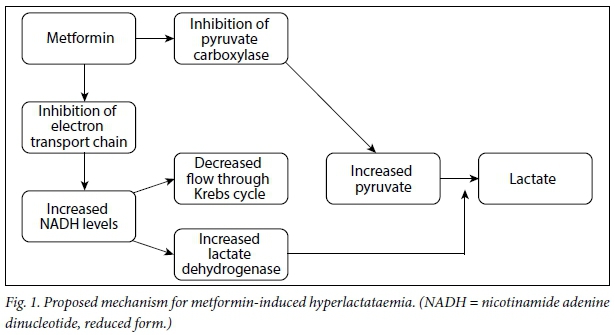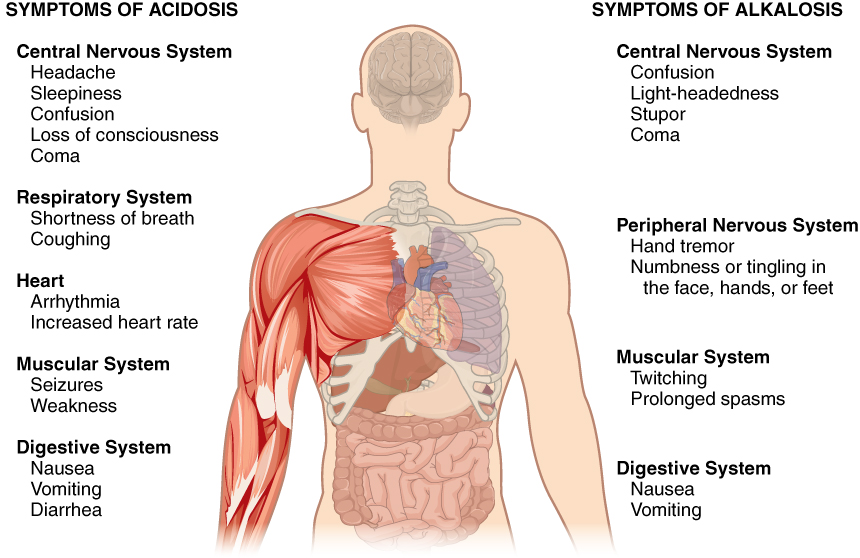Metabolic acidosis, often abbreviated as MA, is a condition characterized by an imbalance in the body’s acid-base status. It occurs when there is an excessive buildup of acid in the bloodstream or a significant loss of bicarbonate, which disrupts the body’s natural pH balance. This article aims to provide a comprehensive overview of metabolic acidosis, including its causes, symptoms, and treatment options.

Understanding Metabolic Acidosis
The human body maintains a delicate balance between acids and bases to ensure proper functioning of cells and organs. The normal pH range of blood is approximately 7.35 to 7.45. When this balance tips toward acidity, metabolic acidosis occurs. Understanding how this condition develops requires a closer look at the mechanisms that regulate pH levels in the body.
The Role of Kidneys and Lungs
The kidneys and lungs play critical roles in maintaining acid-base balance. The kidneys help regulate pH by excreting hydrogen ions and reabsorbing bicarbonate, while the lungs remove carbon dioxide, a waste product that can contribute to acidity when accumulated. When either of these systems fails or becomes overwhelmed, metabolic acidosis may develop.
Causes of Metabolic Acidosis
There are several potential causes of metabolic acidosis, ranging from underlying medical conditions to external factors. These causes can be grouped into three main categories: increased acid production, bicarbonate loss, and reduced acid excretion.
Increased Acid Production
- Ketoacidosis: This occurs when the body breaks down fats for energy due to insufficient insulin, leading to the accumulation of ketones. Diabetic ketoacidosis is a common example.
- Lactic Acidosis: A buildup of lactic acid can result from conditions like severe infections, shock, or intense physical activity. Certain medications and toxins can also cause lactic acidosis.
- Toxins: Ingestion of substances such as methanol, ethylene glycol, or excessive amounts of aspirin can lead to increased acid levels in the body.
Bicarbonate Loss
- Gastrointestinal Losses: Conditions like diarrhea or the use of certain laxatives can result in the loss of bicarbonate through the digestive tract.
- Renal Losses: Some kidney disorders, such as renal tubular acidosis, impair the ability of the kidneys to reabsorb bicarbonate, leading to its depletion.
Reduced Acid Excretion
- Chronic Kidney Disease: As kidney function declines, the body becomes less efficient at removing acids, resulting in their accumulation.
- Medications: Certain drugs, such as acetazolamide, can interfere with the kidneys’ ability to excrete acids effectively.
Symptoms of Metabolic Acidosis
The symptoms of metabolic acidosis can vary depending on the severity of the condition and the underlying cause. In mild cases, individuals may not experience noticeable symptoms, while severe cases can lead to life-threatening complications. Below are some common signs and symptoms associated with metabolic acidosis:
General Symptoms
- Fatigue and weakness
- Nausea and vomiting
- Rapid breathing (as the body attempts to expel carbon dioxide)
- Confusion or difficulty concentrating
Severe Symptoms
- Irregular heartbeat or palpitations
- Low blood pressure
- Shock or organ failure in extreme cases
In children, metabolic acidosis may present with additional symptoms such as poor feeding, lethargy, and delayed growth.
Diagnosis of Metabolic Acidosis
Diagnosing metabolic acidosis involves a combination of clinical evaluation, laboratory tests, and imaging studies. Healthcare providers rely on specific indicators to confirm the presence of the condition and identify its underlying cause.
Blood Tests
Blood tests are essential for diagnosing metabolic acidosis. Key measurements include:
- Arterial blood gas analysis to assess pH levels and detect acid-base imbalances
- Serum electrolyte levels, particularly sodium, potassium, chloride, and bicarbonate
- Blood glucose levels to check for diabetic ketoacidosis
Urine Tests
Urine tests can help determine whether the kidneys are properly excreting acids or retaining bicarbonate. They may also reveal the presence of ketones or other abnormal substances.
Additional Tests
In some cases, further testing may be necessary to pinpoint the cause of metabolic acidosis. These tests may include:
- Imaging studies to evaluate kidney function or detect structural abnormalities
- Toxicology screens to identify exposure to harmful substances
Treatment Options for Metabolic Acidosis
The treatment of metabolic acidosis depends on the underlying cause and the severity of the condition. Addressing the root cause is crucial to restoring acid-base balance and preventing complications. Below are some common approaches to managing metabolic acidosis:
Correcting the Underlying Cause
- For diabetic ketoacidosis, insulin therapy and fluid replacement are essential to lower blood sugar levels and correct acidosis.
- In cases of lactic acidosis, treating the underlying infection, improving oxygenation, or discontinuing harmful medications may resolve the issue.
- For toxin-induced acidosis, antidotes or supportive care may be required to neutralize the effects of the substance.
Restoring Bicarbonate Levels
In situations where bicarbonate levels are severely depleted, healthcare providers may administer sodium bicarbonate intravenously. However, this approach is typically reserved for acute and severe cases, as excessive bicarbonate can lead to complications such as alkalosis.
Dietary Modifications
In chronic cases of metabolic acidosis, dietary changes may help manage symptoms. Reducing the intake of acidic foods and increasing the consumption of fruits and vegetables can improve overall acid-base balance.
Managing Chronic Kidney Disease
For individuals with chronic kidney disease, treatments focus on slowing the progression of kidney damage and managing symptoms. This may include medications to control blood pressure, dietary restrictions, and dialysis in advanced stages.
Preventing Metabolic Acidosis
While not all cases of metabolic acidosis can be prevented, certain measures can reduce the risk of developing the condition:
- Maintaining good control of diabetes through diet, exercise, and medication adherence
- Avoiding excessive alcohol consumption and the misuse of medications like aspirin
- Staying hydrated to prevent dehydration-related acidosis
- Seeking prompt medical attention for infections or other illnesses that could lead to acid-base imbalances
Living with Metabolic Acidosis
Individuals diagnosed with metabolic acidosis often require ongoing monitoring and management to maintain their health. Regular follow-up appointments with healthcare providers are essential to track progress and adjust treatment plans as needed. Education about the condition and its triggers empowers patients to take an active role in their care.
Support groups and counseling services can also provide emotional support and practical advice for those living with chronic forms of metabolic acidosis. By staying informed and proactive, individuals can minimize the impact of the condition on their daily lives.





